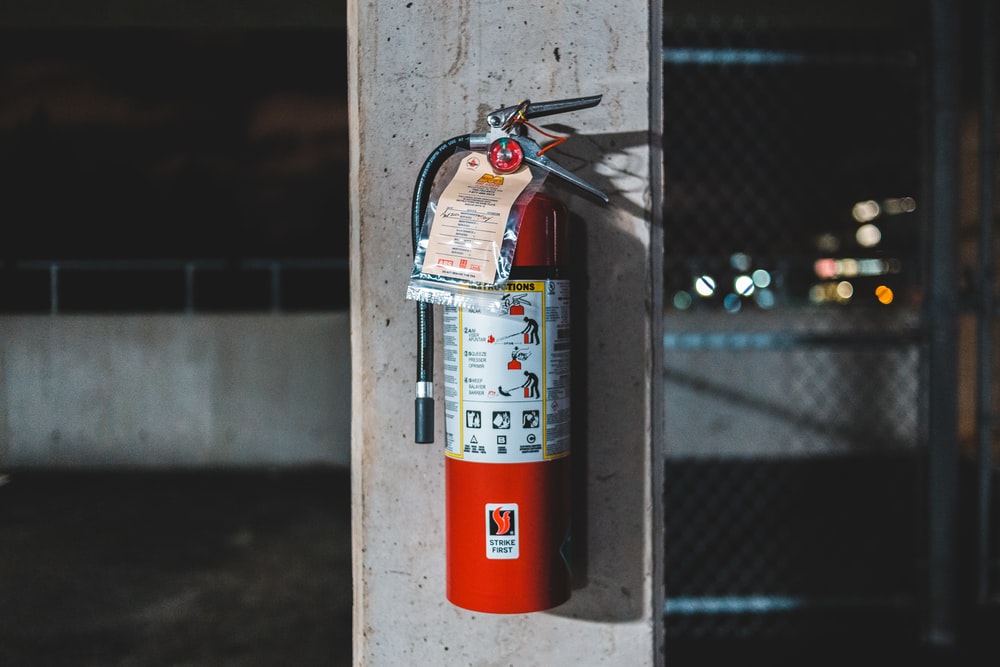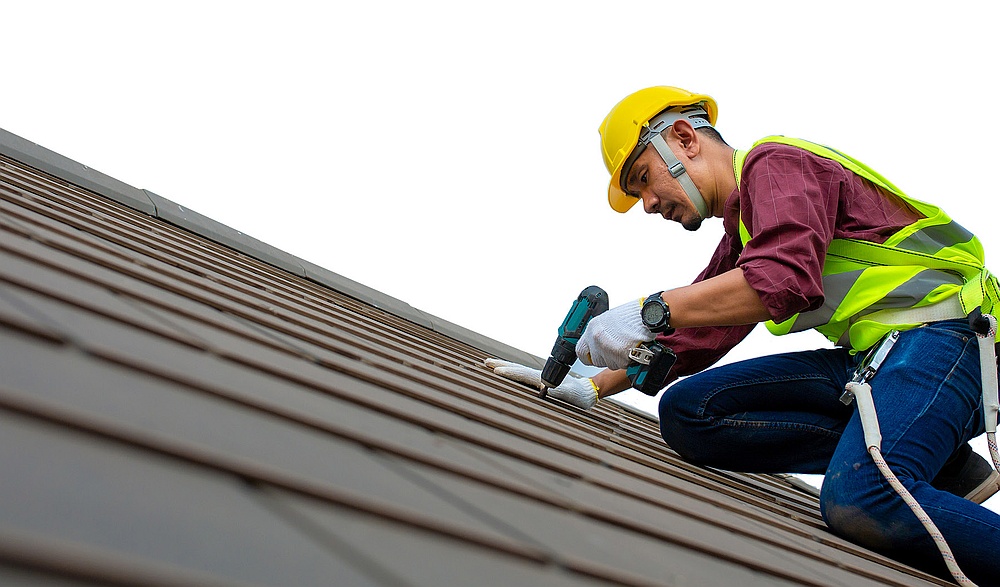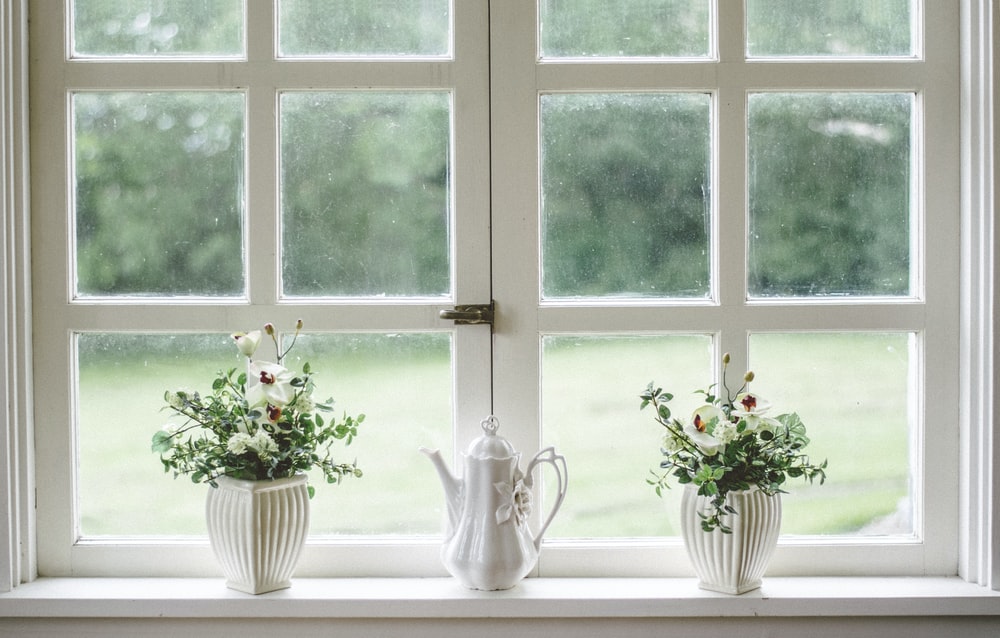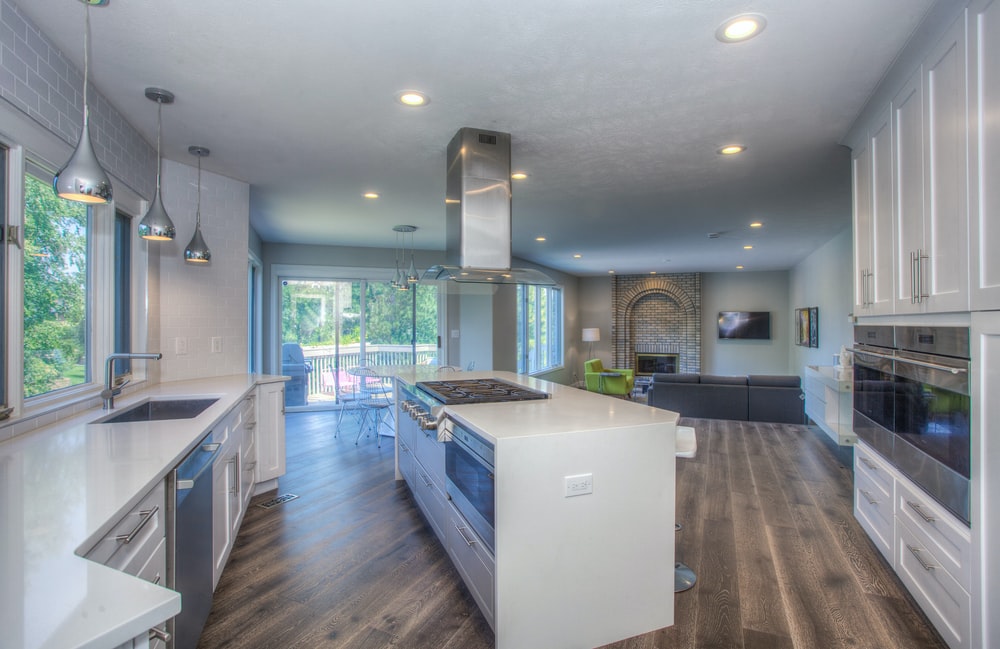Dry rot is an insidious, aggressive fungus that can cause parts of the structural framing in your home to become soft. Learn how to find and fix it.
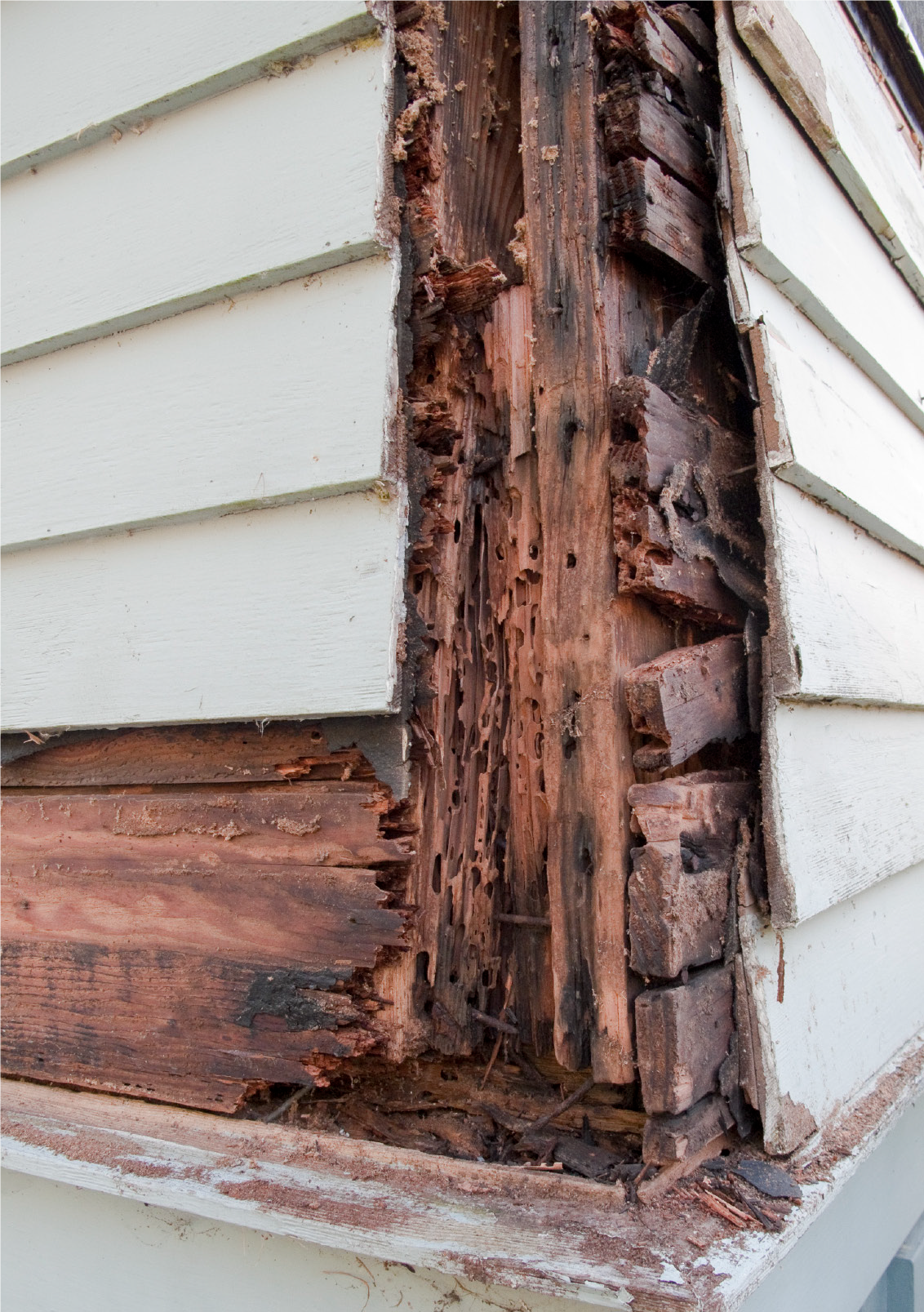
Dry rot is an organic breakdown of wood fibers caused by a buildup of moisture and fungus. In other words, when moisture is allowed to collect on a wood surface for an extended period, in a poorly ventilated area, the internal structure of the lumber breaks down and turns to mush.
It’s called “dry rot” because the effected wood is construction lumber, which is dried and cured during the milling process. Rot that occurs on living trees and uncured wood, is called “wet rot.”
It’s important to note that the water must remain in contact with the wood for an extended period for dry rot to set in. A one-time leak or flood, if discovered promptly and dried out properly, will not cause rot.
The typical trouble spots
- The areas of your house most susceptible to dry rot are:
- Around windows (especially skylights) and exterior doors.
- Decks and porches.
- Shower walls.
- Around the edges of your roof (where gutters are attached).
- Where caulking is used as a joint sealant on interior or exterior surfaces.
- The floor around the base of your shower / bathtub.
- The trim on the exterior of your house.
- The wood siding around the base of your house.
- The wood that sits on top of your concrete foundation.
- The wood near a long-term plumbing leak.
The bottom line: In any area where wood is exposed to water on a regular basis, there’s a good chance that moisture will eventually find its way inside.
What to look for
After rotted wood is exposed, it’s relatively easy to determine the extent of the damage, as it’s usually clearly visible. Poking the wood with a screwdriver lets you know how deep the rot runs.
However, rot is rarely exposed for all the world to see. Typically, it’s hidden beneath flooring, inside walls and under roofing. Clues that your house may be hiding rot include:
- Walls that feel spongy and soft or have a musty smell.
- Wood that is shrinking and cracking.
- Flooring or roofing that feels spongy and soft in spots when you walk on it.
- Bubbling paint.
How to repair it
While every rot-repair project is unique, most HOC-authorized contractors use a four-step process:
- First, the rotted wood sections are exposed by removing enough of the wall, floor, roof or other material to see where the rot starts and stops.
- Second, the sections of rotted wood are removed. If the wood is supporting other parts of the structure, bracing will be installed beforehand to secure the section.
- Third, a fungicide treatment is applied to the wood surrounding the rotted sections.
- Finally, the rotted sections that were removed are replaced with new wood. (The contractor will restore the once-rotted area in a manner that will prevent further moisture intrusion.)
Assessing these problems takes experience, while fixing them requires skill and special tools. If you suspect dry rot may be a problem in your home, call the Home Owners Club and arrange for a consultation with a HOC-authorized specialist.

